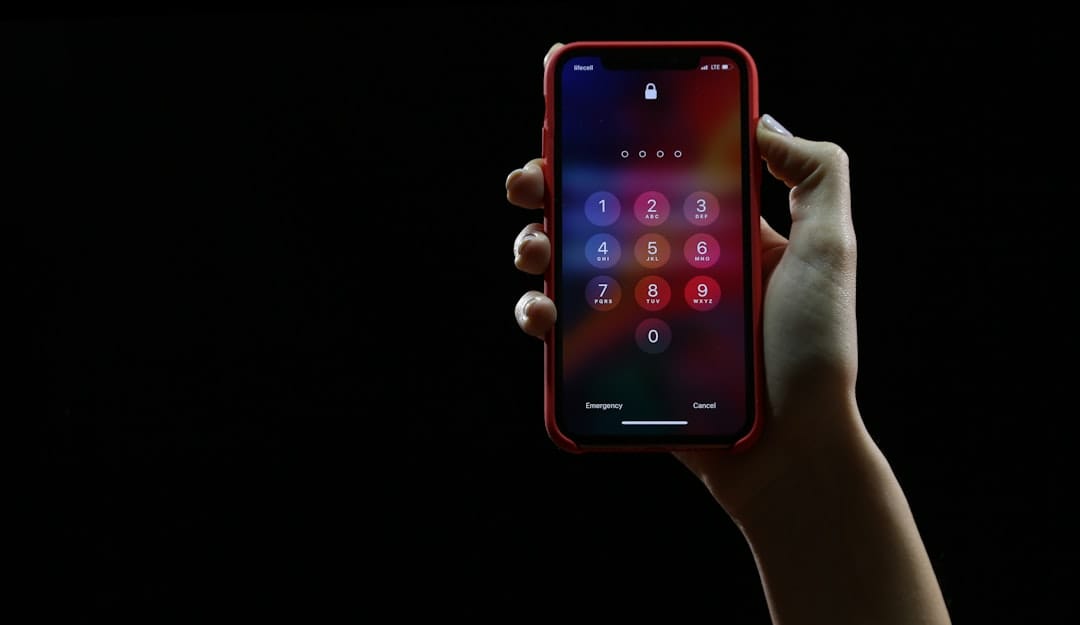Brute force attacks are a method used by malicious actors to gain unauthorized access to systems or networks by systematically attempting all possible combinations of usernames and passwords. This technique aims to bypass security measures and access sensitive information or resources. Attackers often employ automated software tools capable of rapidly testing thousands or millions of combinations in a short time, making it a potentially effective method for breaching system defenses.
These attacks can target various systems, including websites, databases, and networked devices. They are frequently combined with other attack types, such as phishing or social engineering, to increase success rates. Once an attacker gains access through a brute force attack, they may steal sensitive data, install malware, or perform other malicious activities.
It is crucial for individuals and organizations to understand the risks associated with brute force attacks and implement appropriate security measures to protect against them. These measures may include strong password policies, multi-factor authentication, account lockouts, and monitoring systems for suspicious activity.
Key Takeaways
- Brute Force Download is a method used to gain unauthorized access to files or data by systematically trying different combinations of usernames and passwords.
- Brute Force Download works by using automated software to repeatedly guess login credentials until the correct combination is found, allowing access to the desired files or data.
- Risks and consequences of using Brute Force Download include potential legal action, damage to reputation, and compromised security of the targeted system.
- The legal implications of Brute Force Download can result in criminal charges, fines, and imprisonment for individuals or organizations found guilty of using this method.
- Protecting against Brute Force Download involves implementing strong passwords, using multi-factor authentication, and regularly updating security measures to prevent unauthorized access.
How Does Brute Force Download Work?
Brute force download works by systematically trying every possible combination of usernames and passwords until the correct one is found. Hackers use automated software tools to carry out these attacks, which can rapidly try thousands or even millions of combinations in a short amount of time. This allows them to bypass security measures that are in place to prevent unauthorized access to a system or network.
There are several different methods that hackers can use to carry out brute force download attacks. One common method is to use a list of commonly used usernames and passwords, known as a “dictionary,” and systematically try each one until the correct combination is found. Another method is to use a “brute force” approach, where the software tool tries every possible combination of characters until the correct one is found.
This method can be particularly effective if the passwords are weak or easily guessable. Once a hacker gains access to a system using brute force download, they can then carry out a range of malicious activities, such as stealing sensitive data, installing malware, or using the compromised system to launch further attacks. As such, it is important for individuals and organizations to be aware of the methods that hackers use to carry out brute force download attacks and take steps to protect themselves against this type of threat.
Risks and Consequences of Using Brute Force Download

The risks and consequences of using brute force download are significant and can have serious implications for individuals and organizations. When hackers successfully carry out a brute force download attack, they can gain unauthorized access to sensitive information or resources, which can lead to data breaches, financial loss, and damage to an organization’s reputation. In addition, the installation of malware or other malicious activities can further compromise the security and integrity of a system or network.
For individuals, the risks of using brute force download include identity theft, financial fraud, and the compromise of personal information. For organizations, the risks are even greater, as a successful brute force download attack can result in significant financial loss, legal liability, and damage to their brand and reputation. In addition, the installation of malware or other malicious activities can disrupt business operations and lead to further security breaches.
The consequences of using brute force download can be severe, both in terms of financial loss and damage to an organization’s reputation. As such, it is important for individuals and organizations to be aware of the risks associated with this type of attack and take steps to protect themselves against it.
Legal Implications of Brute Force Download
| Legal Implications of Brute Force Download |
|---|
| Violation of copyright laws |
| Potential criminal charges |
| Lawsuits from copyright holders |
| Fines and penalties |
| Possible imprisonment |
From a legal standpoint, using brute force download is illegal and can result in serious consequences for individuals and organizations. In many jurisdictions, unauthorized access to a computer system or network is considered a criminal offense, and those found guilty of carrying out brute force download attacks can face significant fines and even imprisonment. In addition, individuals and organizations that are victims of brute force download attacks may also have legal recourse against the perpetrators for any damages incurred as a result of the attack.
In addition to criminal liability, individuals and organizations that use brute force download may also face civil liability for any damages caused by their actions. This can include financial loss, damage to reputation, and the costs associated with remediation and recovery efforts. As such, it is important for individuals and organizations to be aware of the legal implications of using brute force download and take steps to ensure that they are in compliance with all relevant laws and regulations.
Protecting Against Brute Force Download
There are several steps that individuals and organizations can take to protect themselves against brute force download attacks. One of the most important measures is to use strong, unique passwords for all accounts and systems. This can help to prevent hackers from gaining unauthorized access through brute force methods.
In addition, individuals and organizations should regularly update their passwords and consider using multi-factor authentication to add an extra layer of security. Another important measure is to implement security measures such as firewalls, intrusion detection systems, and encryption to protect against brute force download attacks. These measures can help to detect and prevent unauthorized access to systems and networks, reducing the likelihood of a successful attack.
Regular security audits and vulnerability assessments can also help to identify and address any weaknesses in an organization’s security posture. Finally, individuals and organizations should stay informed about the latest security threats and best practices for protecting against them. This can help them to stay one step ahead of hackers and reduce the likelihood of falling victim to a brute force download attack.
Alternatives to Brute Force Download

There are several alternatives to brute force download that individuals and organizations can use to protect themselves against unauthorized access and security breaches. One alternative is to use strong encryption methods to protect sensitive data from unauthorized access. This can help to prevent hackers from gaining access to sensitive information even if they are able to bypass other security measures.
Another alternative is to use strong authentication methods, such as biometrics or hardware tokens, to verify the identity of users before granting access to sensitive information or resources. This can help to prevent unauthorized access even if hackers are able to bypass other security measures. In addition, individuals and organizations can use intrusion detection systems and other security measures to detect and prevent unauthorized access before it occurs.
This can help to reduce the likelihood of a successful brute force download attack and minimize the potential impact of any security breaches that do occur.
Is Brute Force Download Worth the Risk?
In conclusion, brute force download is a dangerous method used by hackers to gain unauthorized access to systems and networks. The risks and consequences of using brute force download are significant, including financial loss, legal liability, and damage to an organization’s reputation. As such, it is important for individuals and organizations to take steps to protect themselves against this type of attack.
There are several measures that individuals and organizations can take to protect themselves against brute force download attacks, including using strong passwords, implementing security measures such as firewalls and encryption, staying informed about the latest security threats, and considering alternatives such as strong encryption methods and authentication mechanisms. Ultimately, the risks associated with brute force download are significant, and it is important for individuals and organizations to take proactive steps to protect themselves against this type of attack. By staying informed about the latest security threats and best practices for protecting against them, individuals and organizations can reduce the likelihood of falling victim to a brute force download attack and minimize the potential impact of any security breaches that do occur.
If you’re interested in learning more about the significance and impact of the metaverse, be sure to check out this article on metaversum.it. It delves into the challenges and opportunities within the regulatory landscape and the historical evolution of the metaverse, providing a comprehensive overview of this emerging technology.
FAQs
What is brute force download?
Brute force download is a method used to forcefully download files from a website or server by trying different combinations of usernames and passwords until the correct one is found.
Is brute force download legal?
Brute force download is illegal and considered a form of hacking. It violates the terms of service of websites and servers, and can result in legal consequences.
How does brute force download work?
Brute force download works by using automated tools to repeatedly attempt different combinations of usernames and passwords in order to gain unauthorized access to files on a website or server.
What are the risks of using brute force download?
Using brute force download can result in legal consequences, including criminal charges and civil lawsuits. It can also damage the reputation of the individual or organization responsible for the unauthorized access.
How can I protect against brute force download attacks?
To protect against brute force download attacks, it is important to use strong, unique passwords for all accounts and to implement security measures such as multi-factor authentication and rate limiting on login attempts. Regularly updating software and patches can also help prevent unauthorized access.











Leave a Reply